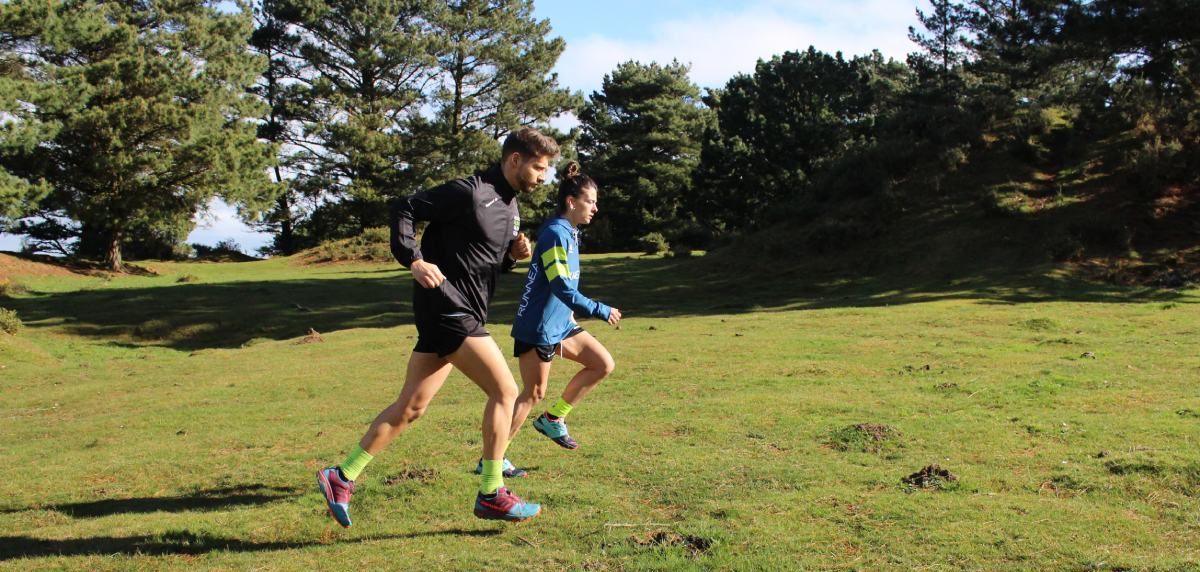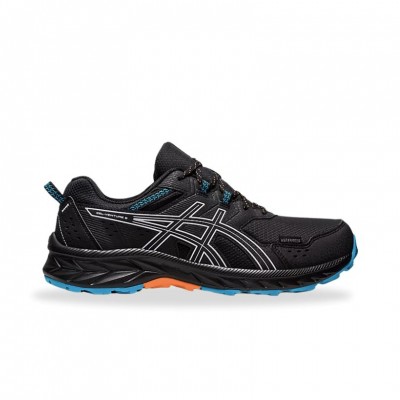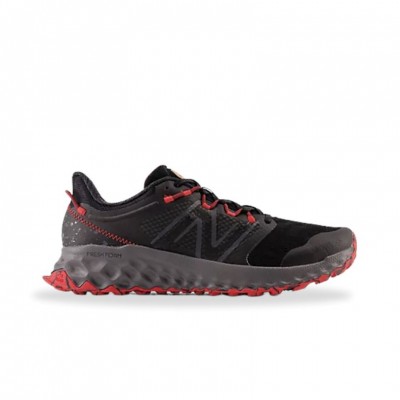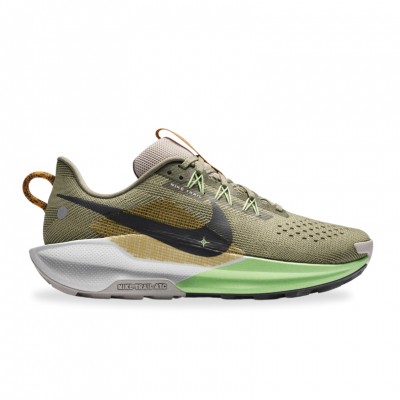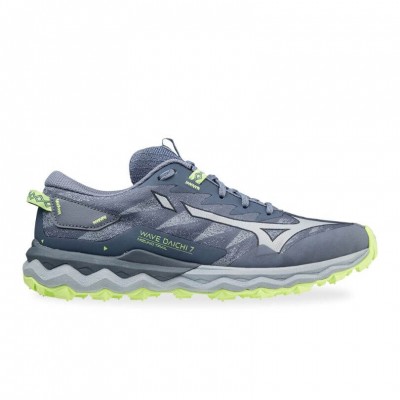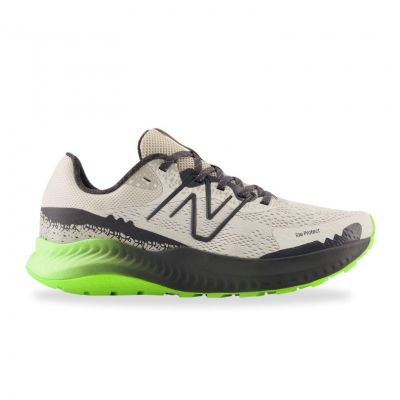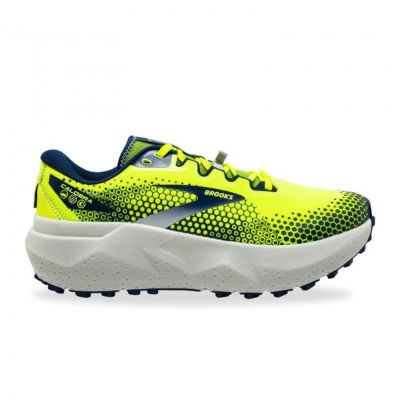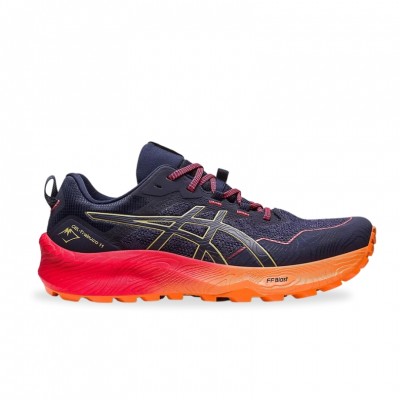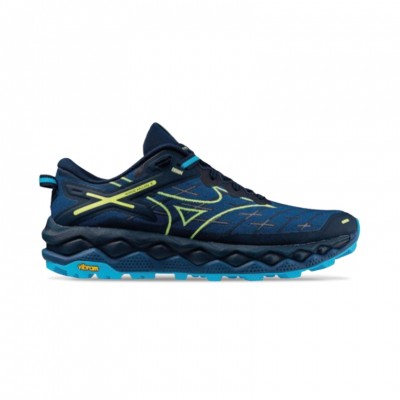We have been waiting a long time for the long-awaited date to arrive, the goal of the season for which we have trained so hard. There is not much left for all the sacrifices we have made to come to light and we have to continue until the end with that discipline that has been our daily companion in training.
Is the job done? Let's say almost. The strategy of the days before the trail running competition is even more important than all the above, we can put the finishing touch or screw up incomprehensibly. The training load has to go down considerably those days to leave the machinery ready for the D-day. As important as the training load, is the nutrition and hydration during those days because we have to arrive with full tanks to the battle.
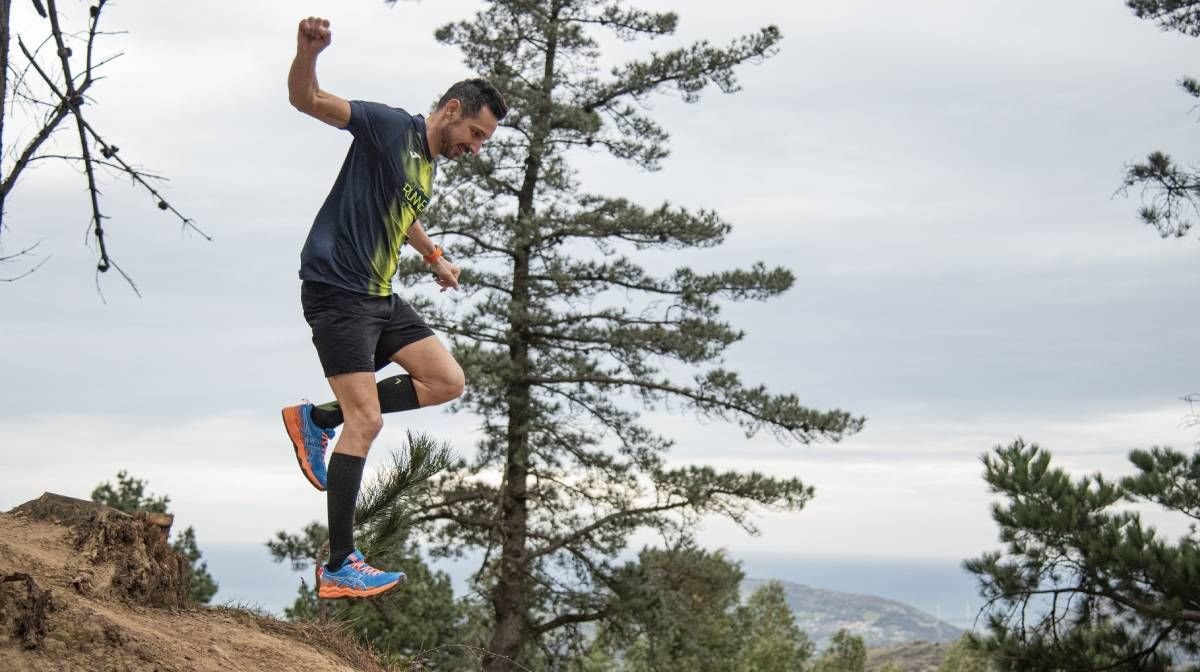
Not sure which shoe to choose?
In a few simple steps we help you to choose the ideal running shoe for you.
GO TO THE RECOMMENDERWhat is tapering?
This is where we are going to talk about tapering. Tapering is an English term whose definition is the lowering of the training load prior to a mountain race competition. We have to train properly the week of the race in order not to arrive with excessive fatigue and with the famous desired peak of form. According to studies in the field of endurance athletics, effective tapering can improve performance by3, a margin that can be decisive in competition.
Reduce volume but not intensity
Be careful, we must reduce the volume of training, but not the intensity, during the 10-12 days prior to the event. We should not reduce the days we train but the number of kilometers per week. The volume to be reduced would be between 25 and 40%, and it would be reduced progressively starting once we have done the last long run towards our goal, about two weeks before it. This strategy is based on the premise that reducing volume while maintaining intensity helps maintain physiological adaptations to training without causing fatigue.
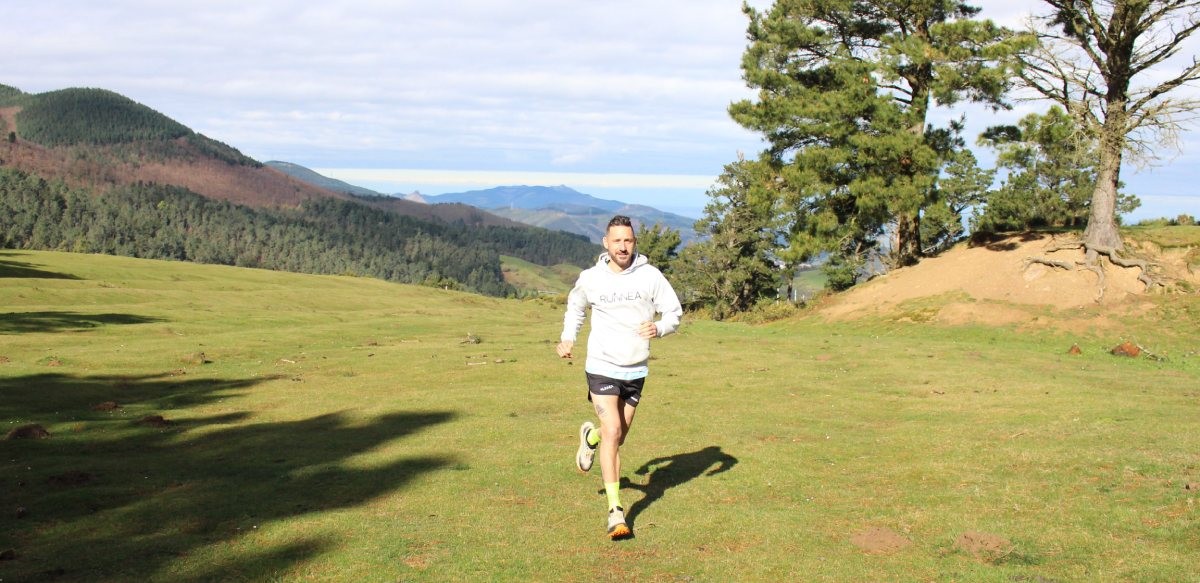
Example of a tapering week for a mountain marathon:
Monday: complete rest. It is crucial to start the week with a good rest to fully recover the body.
Tuesday: Light training. Perform a light running session of no more than 30 minutes, maintaining a low intensity to conserve energy.
Wednesday: Quality training. Include a short but intense session, such as speed intervals or hills, to maintain sharpness. Total duration should not exceed 40 minutes.
Thursday: Cross-training. Opt for a low-impact activity such as swimming or cycling for 30-45 minutes, avoiding muscle fatigue.
Friday: Complete rest. Another day for recovery and mental preparation for the race.
Saturday: Short activation run. Perform a gentle 20-30 minute run with some short accelerations to maintain muscle response.
Sunday: Race day. Arrive energized and focused, ready to give your best.
Benefits of well-applied tapering
Performing tapering correctly should give us certain benefits in order to face the competition in a positive way, benefits such as a reduction of stress, an energy storage for the race and an increased production of red blood cells, the ones in charge of oxygen transport. Studies have shown that during the tapering period, the body optimizes tissue repair and the elimination of metabolic waste products, which contributes to better recovery and performance.
It is normal to perform speed sessions progressively during this tapering period to prepare the body so that it does not relax, and to perform an activation run the day before to loosen up the legs and wake them up for what is to come. This activation with a maximum duration of about 30 minutes.
Nutritional tapering
So far we have only mentioned the training part but nutritional tapering is equally or even more important. We can talk about performing this type of tapering in races that exceed an hour and a half, since for shorter races it does not make sense to make this type of changes in our diet. This diet that we will take the days before the race, not only the day before, can help us significantly in our ultimate goal. If we talk about volume reduction in training, we will also talk about reducing fiber intake (legumes, vegetables, whole grain products, etc.) because they produce gas and slow down our digestion.
However, there should be an increase in carbohydrate intake to arrive with full glycogen deposits, both muscular and hepatic. Protein should not be left out to boost iron intake. The "carbo-loading" strategy, which involves increasing carbohydrate intake in the days leading up to the competition, has been shown to be effective in maximizing muscle glycogen stores.
Complying with all this is very important in order to avoid gastrointestinal problems during the race, although statistics say that 96% of runners suffer stomach problems at some time in their lives, so it will be difficult to avoid them in a race, but we will try to make sure that they are as few as possible and that they do not cause the most adverse effects, such as diarrhea and vomiting, and are simple discomfort.
If we follow the following recommendations we will be able to avoid these problems:
Train your diet. Try different foods during our training sessions to know what is good for the race. NEVER try a food, gel or isotonic for the first time in a competition because we do not know how it will suit our body.
Use isotonic drinks with low carbohydrate content, less than 5, do not affect the stomach as much as drinks with more carbohydrate load.
We will make the last meal prior to competition atleast 3 hours in advance to promote digestion and avoid fatty foods (butter, sausages, etc.) before and during exercise. The days before the competition we should take about 10 grams of carbohydrates per kilo of body weight. Pizzas, avoiding sauces, and pasta or rice dishes with meat or fish would be the ideal menus for an event.
We should drink plenty of fluids. This is very important for the storage of glycogen in our body, since for each gram of glycogen 3 grams of water are needed!
Once we have done a good tapering, both training and nutritional, it is time to plan our race strategy, from the trail running shoes to use to the rhythms, what we will do the day before and the day of the race. We'll see that in the next article, health and trail friends!
Sources consulted
- Murphy & Mujika, 2010: Iñigo Mujika and Sabino Padilla have conducted significant research on tapering strategies in athletes, highlighting the importance of progressively reducing training load while maintaining intensity to optimize athletic performance. Their studies highlight the positive changes in cardiorespiratory, metabolic, hematological, hormonal, neuromuscular and psychological status of athletes due to tapering. More information on their work can be found in the article entitled "Scientific bases for precompetition tapering strategies" published in "Medicine & Science in Sports & Exercise" (Mujika et al., 2003) available on PubMed.
- Hawley & Burke (1997): They are known for their studies in sports nutrition and performance, especially regarding carbohydrate loading and its impact on athletic performance.
- Neary et al. (2003): They conducted a study entitled "Effects of taper on endurance cycling capacity and single muscle fiber properties", published in "Medicine & Science in Sports & Exercise". This study analyzed the effects of tapering on the metabolic properties of single muscle fibers in cyclists, finding significant changes in the metabolic properties of different types of muscle fibers after taperingââ.
- Bosquet et al. (2007): Investigated the effects of tapering on performance, performing a detailed analysis of different tapering strategies and their influence on athletic performance.
Read more news about: Trail
